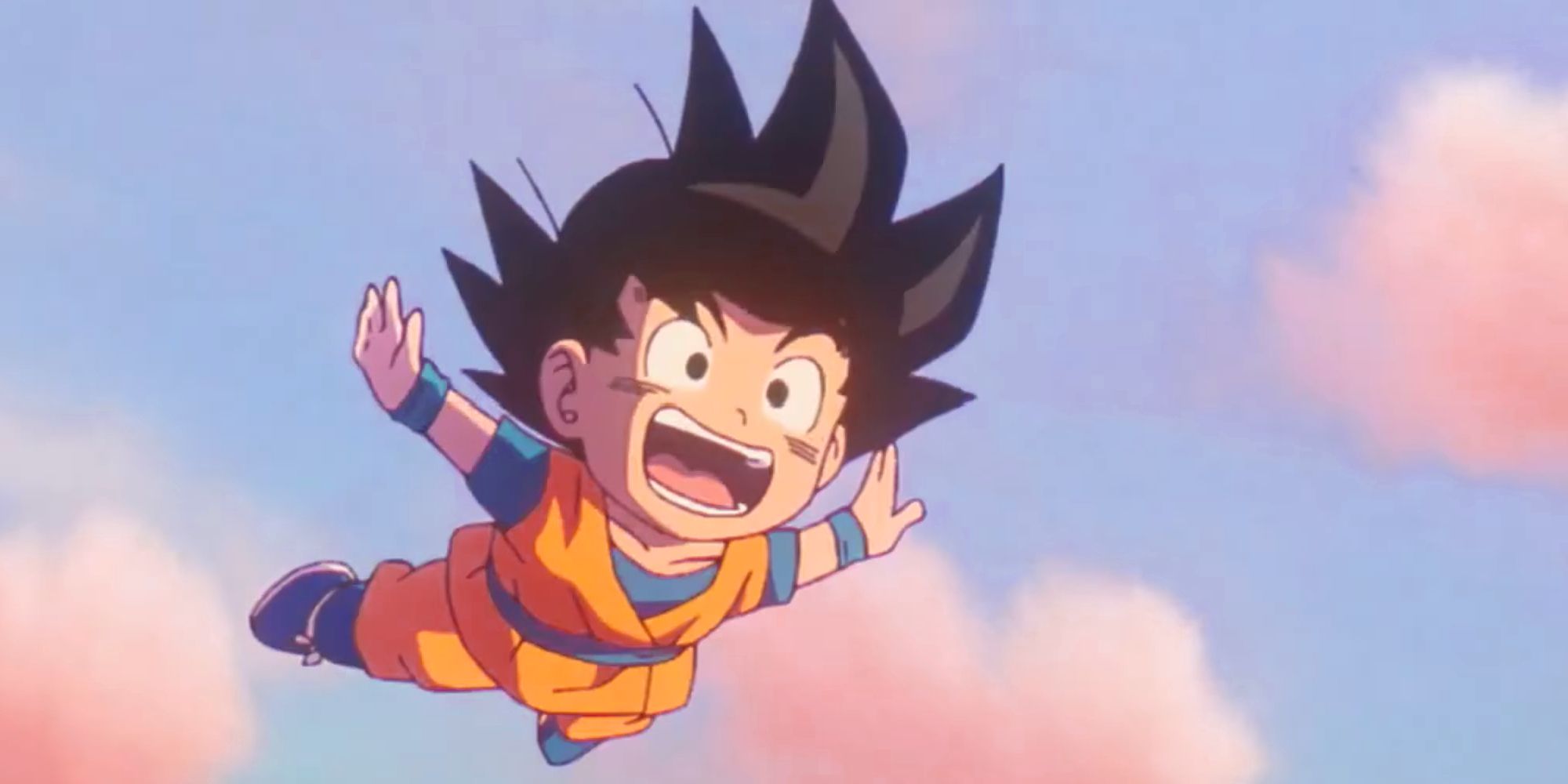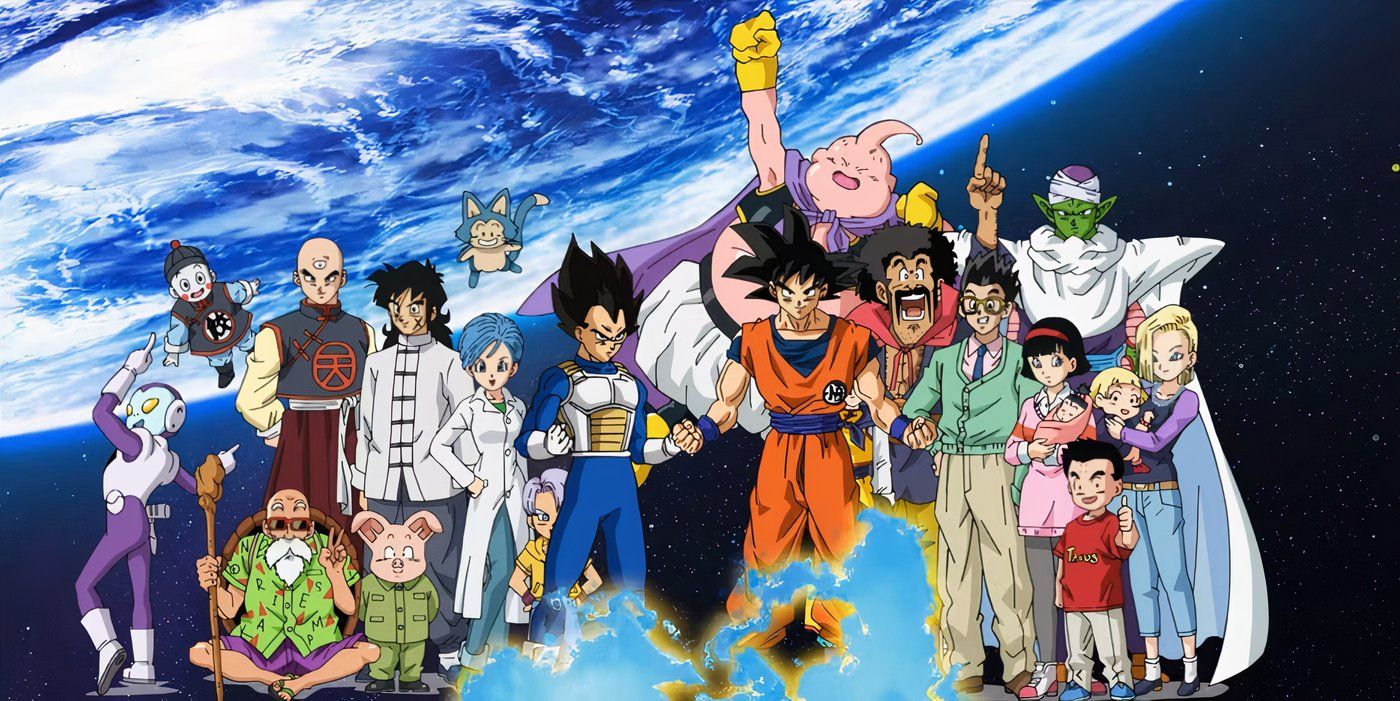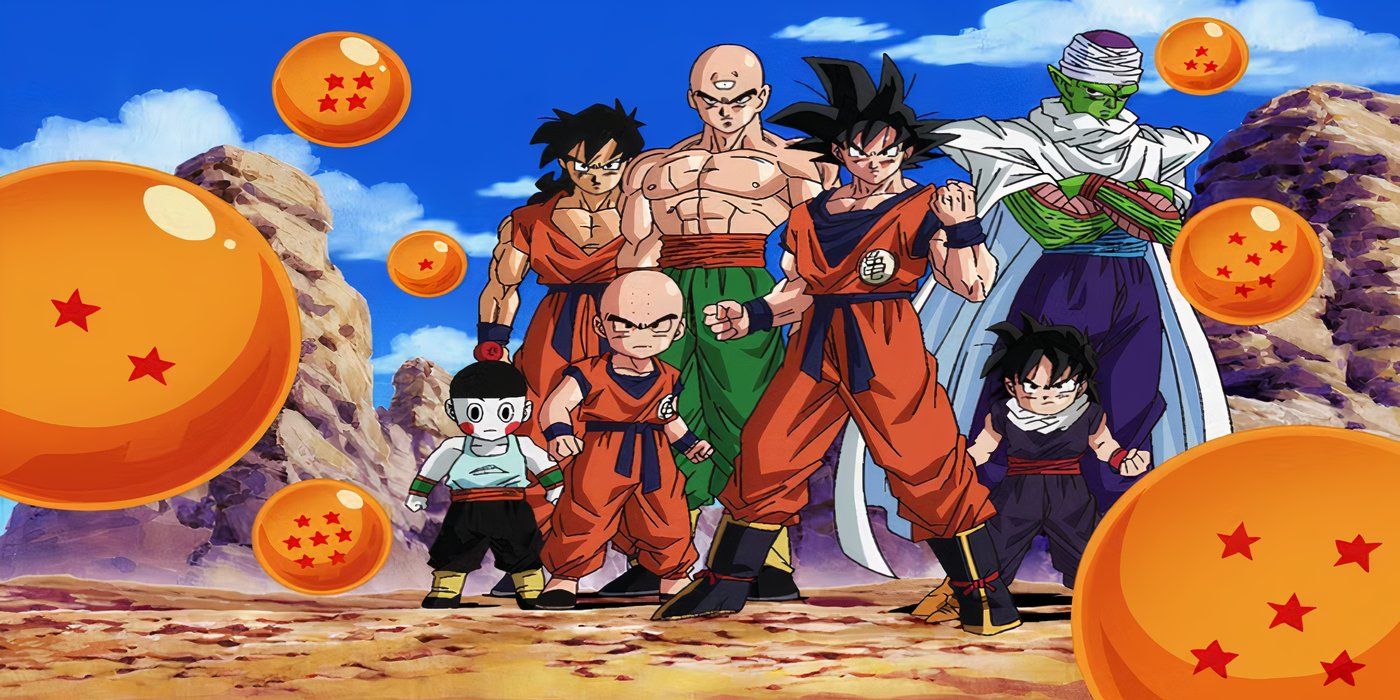
Dragon Ball stands as one of the world’s most popular and iconic anime series ever created. Since its debut in the 1980s, the series has shaped generations of fans, influenced other creators, and redefined shōnen anime. Over the past several decades, the series has remained popular with a loyal fan base, and each new installment is met with enthusiasm.
Every Dragon Ball series has brought something different to the table. Whether through high-stakes martial arts tournaments or god-level threats, the franchise has evolved in both tone and ambition. From its start as a humorous action-adventure to multiversal showdowns that determine the fate of the universe, Dragon Ball has continuously risen to meet the growing expectations of a global audience.
That said, not every new chapter in the series has been equally successful. Despite the excitement surrounding the franchise’s releases, some series have failed to live up to fan expectations or suffered from tonal and pacing inconsistencies, or even questionable narrative choices. Some installments of the franchise better exemplify what Dragon Ball truly encapsulates.
7
Super Dragon Ball Heroes
Released in 2018, Directed by Tadayoshi Yamamuro
Super Dragon Ball Heroes is a promotional anime built around the popular card and video game franchise in Japan. Unlike the main series timeline, it wasn’t created to add depth or extend the continuity. The show functions as a flashy, over-the-top spectacle meant to show off characters, transformations, and what-if scenarios that would never appear in the canon.
In short, the series feels more like a multiversal fever dream rather than a traditional series, and it didn’t resonate well with fans. The arcs are shallow, and although the series introduces interesting characters such as animating Towa from Dragon Ball Online or the Evil Saiyan “God Slayer,” Cumber, the execution falls short.
Super Dragon Ball Heroes can be watched in full on YouTube.
The series is chaotic, extremely fast-paced, and lacks emotional stakes. There’s little time to settle into any moment before the next one arrives, and characters appear and disappear with no real purpose beyond shock value. It’s hard to even call Super Dragon Ball Heroes a true series, given its rocky storytelling and focus on spectacle over cohesive storytelling.
The series aired when fans were hungry for more content, but even with that anticipation, it failed to make a lasting impression. While some fans might enjoy seeing various scenarios unfold and exploring new potential characters, Super Dragon Ball Heroes doesn’t objectively offer anything meaningful to the franchise.
6
Dragon Ball GT
Released in 1996, Directed by Osamu Kasai
Dragon Ball GT is a sequel to Dragon Ball Z, created without Akira Toriyama’s direct involvement in 1996. For a long time, fans considered it one of the worst entries in the franchise until the promotional anime adaptation of Super Dragon Ball Heroes aired in 2018.
The story follows Goku after he is transformed back into a child by the Black Star Dragon Balls, which scatter across the universe and threaten to destroy Earth if they are not returned within a year. The show had a rough start before finding its footing with villains like Baby and the Shadow Dragons.
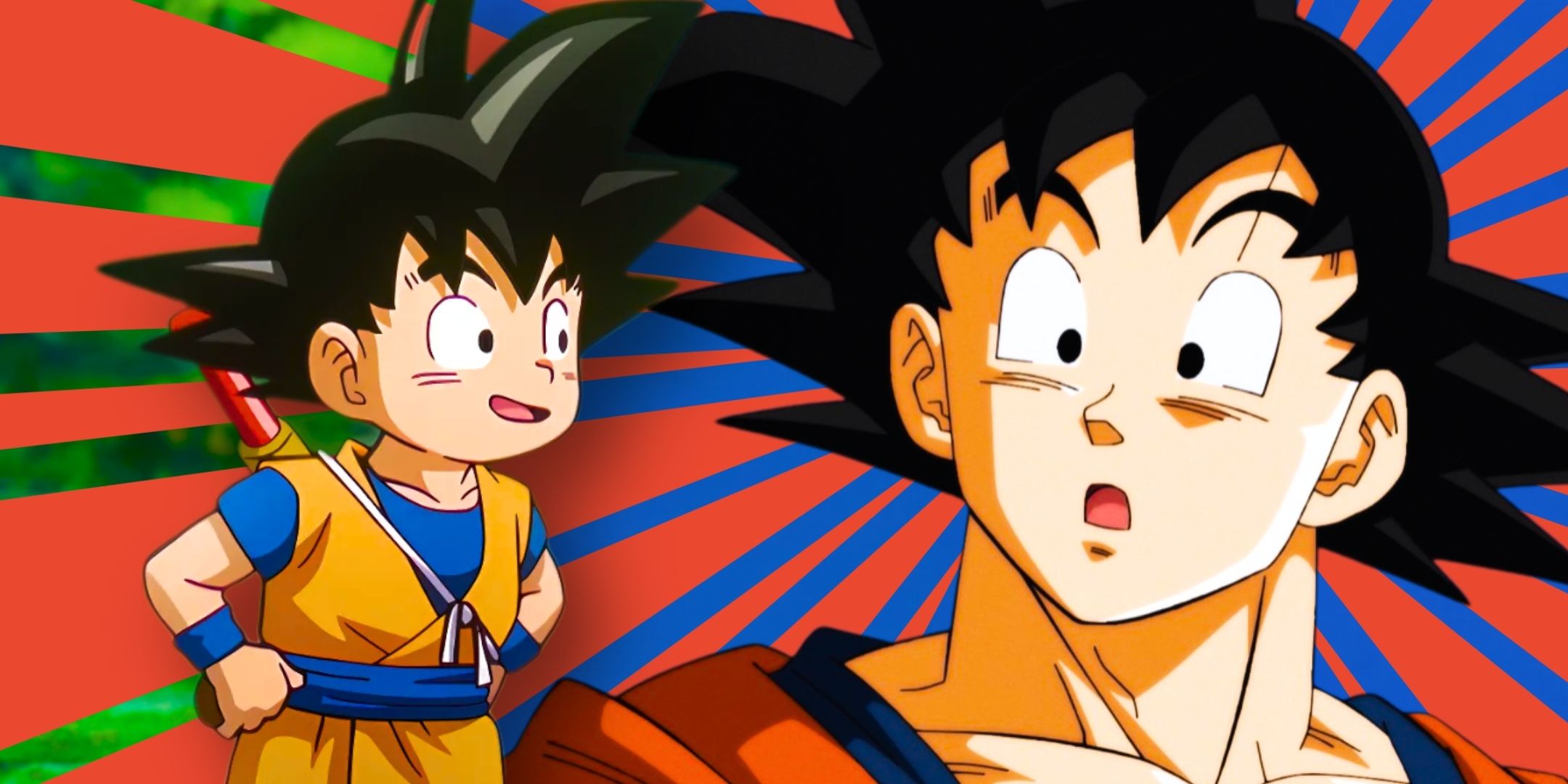
Related
Dragon Ball’s Popularity Isn’t Just About The Fights – Here’s What Fans Are Missing
Dragon Ball is known for blood pumping action and hype moments, but so much more has gone into making the series as special as it is.
The series offers a mix of darker story arcs with lighthearted and playful moments. However, uneven pacing and inconsistent character development heavily diluted its impact. While the Baby saga and the introduction of the iconic Super Saiyan 4 transformation received praise for creativity and design, many other storylines felt rushed or lacked cohesion, resulting in a mixed viewing experience.
Despite its flaws, Dragon Ball GT has a dedicated fan base that appreciates its unique and ambitious approach. With bold narrative choices and a distinct style, it presented a fresh, if controversial, perspective on the beloved franchise. In the end, however, the series ranks low due to its polarizing storyline and inconsistent execution.
5
Dragon Ball Daima
Released in 2024, Directed by Aya Komaki and Yoshitaka Yashima
Dragon Ball Daima revitalized the franchise by revisiting the spirit of the original series with modern animation and direct involvement from Akira Toriyama. The story centers on Goku and his friends after they revert to their childhood forms. Unlike the high-stakes battles of Dragon Ball Z and Super, Daima focuses on character-driven plots, humor, and adventure.
Its lighter tone and pacing offer a refreshing balance that prioritizes depth, tone, and character development. With significant lore revelations and the introduction of intriguing characters and realms, Daima provides fans with a nostalgic yet fresh experience. While some might argue that the smaller scope of the series limits its ambition, its undeniable that it paid respect to the franchise’s roots.
Dragon Ball Daima stands as Toriyama’s final project and reflects everything that he valued and excelled at as a creator. With slapstick humor, hand-to-hand combat scenes, and a richly imaginative world, Daima is undeniably Toriyama’s, crafted with all the charm, heart, and creativity that define his greatest series.
4
Dragon Ball Super
Released in 2015, Directed by Kimitoshi Chioka, Morio Hatano, Kohei Hatano, Tatsuya Nagamine, and Ryota Nakamura
Dragon Ball Super reignited global interest in the franchise after a long break and introduced an entirely new power scaling with gods, multiverses, and increasingly powerful foes. Through epic battles and moments of humor combined with character development, Super was a strong continuation of the franchise that also honored its roots.
With Super delivering high-stakes action, meaningful character growth, and iconic new transformations, fans couldn’t have asked for a better comeback for the series.
The introduction of concepts like the Gods of Destruction, the Tournament of Power, and Ultra Instinct pushed Dragon Ball lore into new and exciting directions. Along with canonizing popular characters like Broly and potentially Android 21 in the near future, the series is setting the stage to expand and deepen its universe.
Following the Battle of Gods film, Dragon Ball Super reintroduced new energy to the franchise with exciting fights and memorable characters, including Beerus, Hit, and Jiren. With Super delivering high-stakes action, meaningful character growth, and iconic new transformations, fans couldn’t have asked for a better comeback for the series.
3
Dragon Ball Z Kai
Released in 2009, Directed by Yasuhiro Nowatari and Naohiro Terazaki
Dragon Ball Z Kai is a remastered version of Dragon Ball Z that cuts out the filler, allowing for a more streamlined story with tighter pacing. With improved animation and updated audio, it provides fans with a cleaner and more focused experience that remains true to the original’s iconic battles and character arcs while making it more accessible to new viewers.
Kai enhances the story by trimming slower arcs and unnecessary scenes that don’t advance the plot progression. The result is a faster-paced retelling that heightens the drama and action, making the story feel more urgent and engaging without losing important character development. For fans wanting the core Dragon Ball Z story with a modern polish, Kai is the ideal choice.
Although Kai enhances the series’ presentation, it does not add new storylines or content, and to long-time fans, it might seem like little more than a polished refresher. The show’s main strength is its ability to clarify the story, improve pacing, and appeal to a new generation of Dragon Ball fans or those wanting a tighter revisit.
2
Dragon Ball
Released in 1986, Directed by Minoru Okazaki and Daisuke Nishio
The original Dragon Ball laid the foundation for the entire franchise, following Goku’s journey from a naive, curious boy to a formidable martial artist. The story is rooted in adventure and humor, introducing the iconic and beloved characters fans have grown attached to, a whimsical world, and a lighthearted tone that set it apart from its more action-heavy sequels.
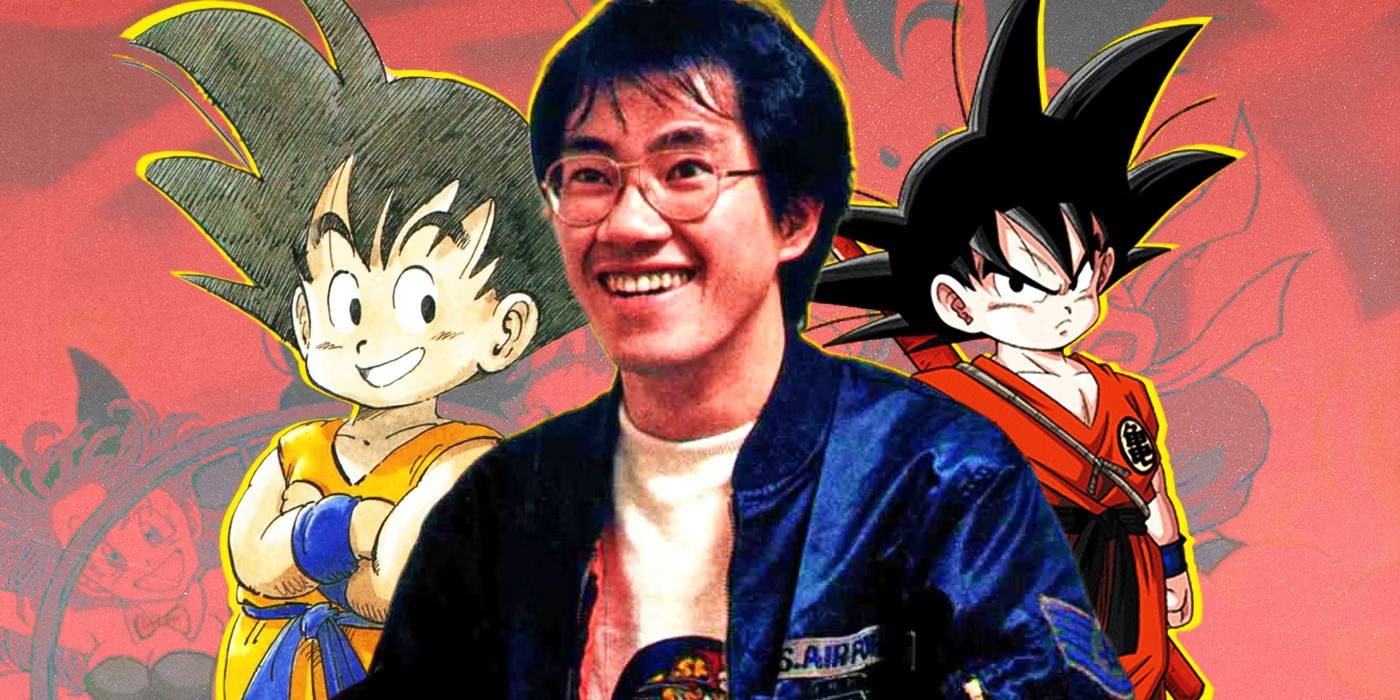
Related
Akira Toriyama Always Knew Dragon Ball’s Future Would Look Different and Here’s Why
A year after Toriyama’s passing, his words hint at a gentler Dragon Ball—and it’s natural to wonder how the series will evolve without him.
Instead of universe-defining battles, the original series focused on exploration, friendship, and continuous self-improvement. The characters’ quest to find the Dragon Balls and succeed in martial arts tournaments offered excitement, wonder, and charm that haven’t ever been replicated. Dragon Ball creates a world that feels alive and engaging for audiences of all ages.
Dragon Ball stands as the heart and soul of the franchise, representing everything that defines Toriyama’s signature storytelling. Watching Goku and his friends grow into the heroes fans know today is a rewarding and unforgettable experience. Without it, some of the series’ more dramatic moments would lack the depth and context that make them truly impactful.
1
Dragon Ball Z
Released in 1989, Directed by Daisuke Nishio and Shigeyasu Yamauchi
Dragon Ball Z is the franchise’s most iconic and defining installment, transforming the series from a lighthearted adventure into an epic saga filled with intense battles, powerful transformations, and unforgettable rivalries. It introduced some of the series’ most iconic moments, like the debut of the Super Saiyan and new villains such as Frieza and Cell.
Goku’s heroic journey, along with Vegeta’s gradual character development and Gohan’s coming-of-age as a warrior, added emotional depth and increased intensity to the series. Dragon Ball Z became the anime that influenced countless other creators, pop culture, and even fans, while setting the standard for what to expect from shonen.
Some fans may argue that the filler content detracts from the series; however, Dragon Ball Z has some of the best filler in anime. The side stories enhance the charm and bring characters to life in ways that other series with filler often struggle to achieve. As a groundbreaking milestone in anime history, Dragon Ball Z remains a timeless classic.
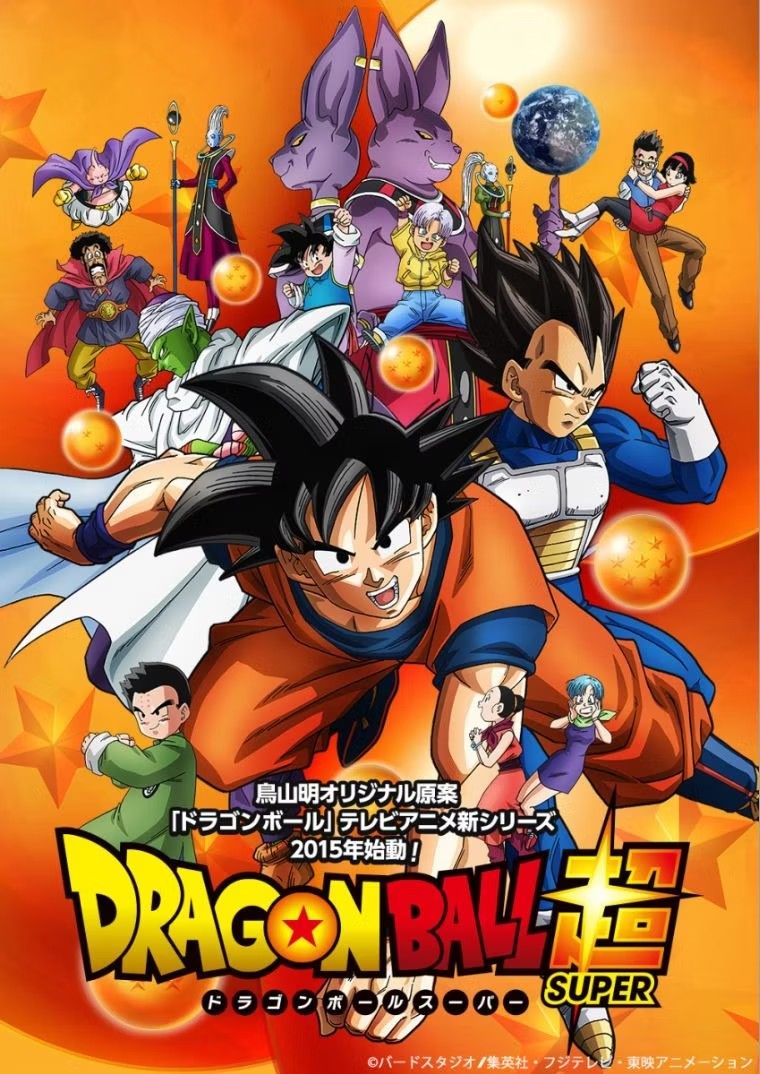
- Created by
-
Akira Toriyama
- Latest TV Show
-
Super Dragon Ball Heroes
- First Episode Air Date
-
April 26, 1989
